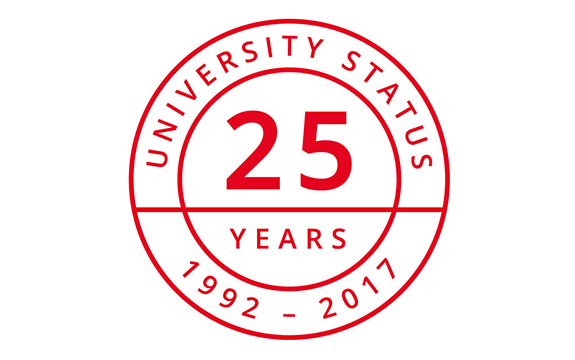Celebrating our history

In Summary
- This article originally featured in Swinburne’s Venture magazine
To commemorate the occasion, Swinburne invited alumni, staff and others who have been part of Swinburne’s journey to share their stories and reflections.
These are people with vision, who are leading the way, forging industry connections and challenging the status quo.
The 25 stories have been shared through a commemorative publication, online and at events.
This special feature introduces you to Swinburne’s history and people.
Our early history
Founded in 1908 by engineer, businessman, philanthropist and politician George Swinburne, as the Eastern Suburbs Technical College in Hawthorn, Swinburne’s roots run deep in a philosophy of self-improvement and the social and economic value of education.
George recognised the contribution that technical education could make to a flourishing nation and, with his wife Ethel, contributed £2000 in start-up funding.
The college’s first classes were offered in 1909 in areas including carpentry, plumbing and blacksmithing. By 1911 classes were available in domestic economy and housewifery. Two years later the college adopted the name of its founders, becoming Swinburne Technical College.
During World War II the college became a source of advice on tool-making, machinery and motor mechanics. Science streams were added to the curriculum in 1945 and the Swinburne Chemistry School opened in 1949.
Swinburne began to establish the diversity that would become one of its most notable attributes and attracted international students who undertook engineering and applied chemistry courses.
In 1963 Swinburne led the way with one of the first industry-based learning programs in the country.
Swinburne remained modern and forward thinking. In 1966 it offered the country’s first Diploma of Art (Television and Film) and, in the decades to follow, the Swinburne Film and Television School became instrumental in the growth of the Australian film industry.
In 1968, determined to embrace emerging technology, Swinburne purchased its first computer.
From the early 1970s Swinburne offered degrees in mechanical, civil and production engineering, an applied science degree in chemistry, a business degree in accounting, and arts degrees in graphic design and humanities.
Reforms to Australia’s higher education sector in the mid-1980s continued to bring change. Iain Wallace arrived as the college’s principal director in 1986 with a vision to transform Swinburne into a university.
Gaining university status
On 1 July 1992, by an Act of the Victorian Parliament, Swinburne University of Technology became Victoria’s sixth university. Iain Wallace became its Foundation Vice-Chancellor.
A year later, businessman and philanthropist, the late Richard Pratt was approached by then premier Jeff Kennett to take on the role of Swinburne’s Foundation Chancellor.
Developing centres of excellence was high on the agenda. The Australian Graduate School of Entrepreneurship moved into a new building on the Hawthorn campus and the National Institute of Circus Arts opened at Prahran. New research centres, including the Centre for Astrophysics and Supercomputing, and the Centre for Micro-Photonics were also established.
Swinburne built on government and business relationships in Thailand, Vietnam and Malaysia and opened a campus in Kuching in the Malaysian state of Sarawak in 2000.
In 2010, fittingly as it reached adulthood and its 18th year, Swinburne was named one of the world’s top 500 universities by the Academic Ranking of World Universities. The following year, the $140 million Advanced Technologies Centre opened at the Hawthorn campus.
Swinburne Online, operating for its first full year in 2012, created educational opportunities for students unable to study on campus. In its first year, more than 2000 students accessed degrees.
The $100 million Advanced Manufacturing and Design Centre at the Hawthorn campus opened in 2014. With a renewed focus on building links across the higher education, research and manufacturing sectors, the centre maintains a keen focus on international competitiveness.
The Swinburne Law School was launched in 2015 and Swinburne was named in the world’s top 100 universities under 50 years old by the Times Higher Education rankings.
In 2016 the university launched its Swinburne Innovation Precinct, beginning a $7 million redevelopment of the former fire station on its Hawthorn campus.
And in 2017, as it celebrates its 25th anniversary, the university cemented its global position in astrophysics and supercomputing when operations began at the new $31.3 million Australian Research Council’s Centre of Excellence for Gravitational Wave Discovery (OzGrav).
Today, 58,000 students study at Swinburne’s four campuses – three in Melbourne and one in Malaysia – as well as online, supported by 2800 staff and with a legacy of 180,000 alumni.

To read the stories of 25 of our high achievers, head to: swinburne.edu.au/25years

